Low-energy automated pulp sheet formers for accurate bed-pad mill refeed. That equates to fewer nappies going into the bin during the approx. Faeces, urine, paper pulp and SAP are processed together into the refined slurry and fermented. The composition of diapers is changing fast, for example by replacing fossil components with products that are biobased. The fermented sludge is converted into biogranulate, which is used as biomass to generate energy, and which may eventually be qualified as fertiliser. Start with: Your email address. The project is a demonstration project. Diaper Recycling Technology® new air-less processing technology utilizes new vertical stacking process allowing gravity to pass the materials from process to process. Absorption granules SAP are broken down in the TDH reactor and settle in the fermenter and the water purification plant as magnesium salts. So when you throw away your wipes, help protect the planet: put them in the bin, not down the toilet! Only adult incontinence briefs Used briefs must be submitted in a transparent plastic bag.
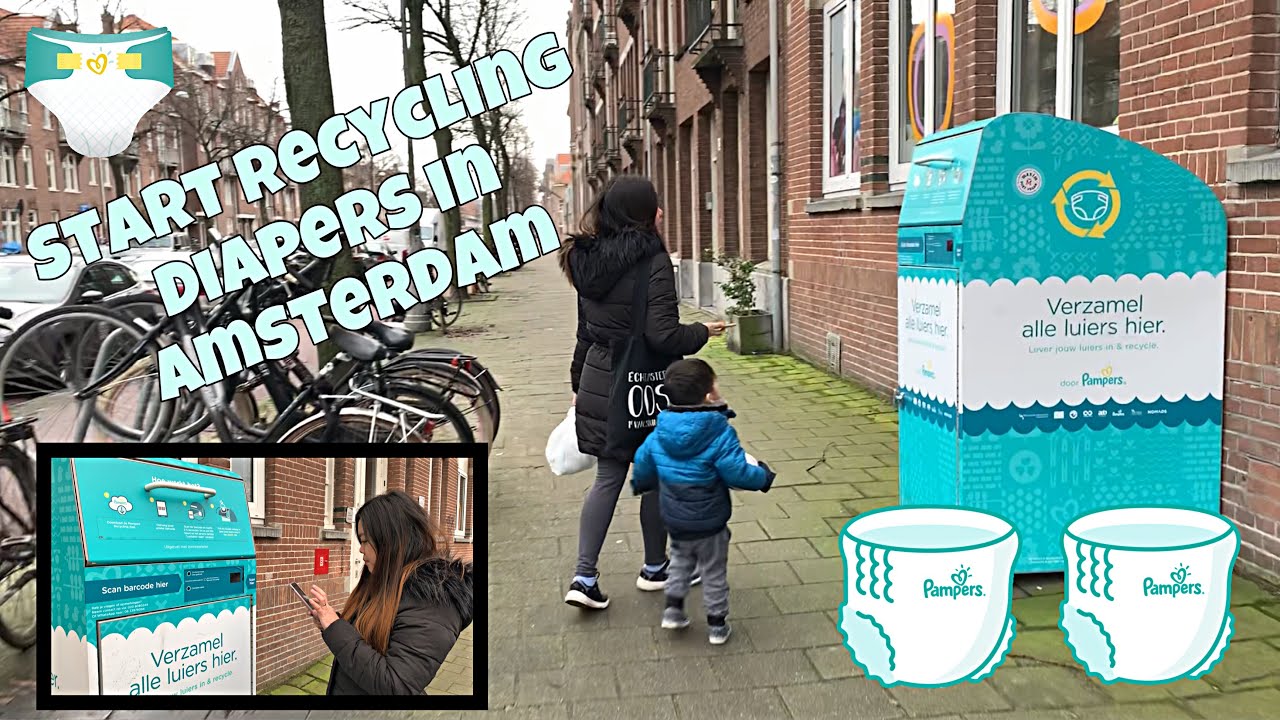
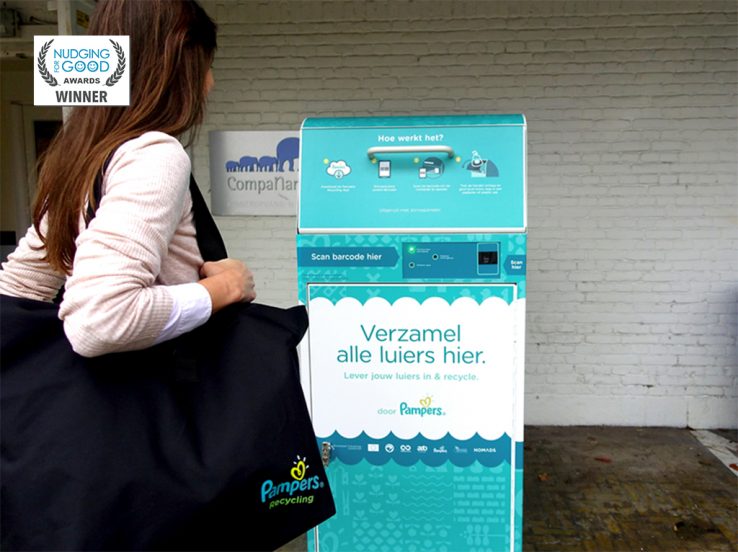
Lost your password? The refined slurry is transported by lorry and eventually by pipeline, after upscaling to the Rivierenland Water Authority for fermentation. Only used baby diapers. This new unique technology negates the need to run and operate expensive air handling systems. At the moment, there is no cause for concern about the long-term technical and financial continuity of ARN B. Central recycling modules process up to KGs per hour while adding further capacity can easily be achieved by adding more modules. The remainder of the sludge cake is transported by lorry to the composting installation in Tiel. Hoop voor luierrecycling The approach to solving the problem of diaper waste throughout the chain, from diaper producers to municipal governments, is beginning to bear fruit. Article duration.
ARN is increasing its diaper recycling capacity!
After years of testing on pilot scale ARN started in the first of three reactors on commercial scale. What is needed? Zero external contamination risks Our inline recycling technology is fully enclosed thus eliminating all contamination risks related to human activities that can impact your operation such as earplugs, chewing gum, food, etc. Slide 1 Slide 1 current slide. Eventually, the process can be organised in such a way that cellulose paper fibres can form a separate flow. By being able to handle those components, our technology is future proof. Conventional recycling technology on the other hand typically requires between — sqm of space to operate. This may sound strange, but in fact the contents of a diaper are no different from the composition of sewage treatment sludge. Research on the pilot installation during the period from March to spring ; Start construction of first module at practical scale, summer ; Start construction of steam pipeline, autumn ; Start operation of first reactor, late The investment decision in the full-scale installation has now also been taken. Watch a report on this technique Nieuwsuur over luierrecycling - Uitzending gemist. The resulting heat is then used to maintain the temperature of the fermentation installation. In addition to the current reactor, two new reactors will be built, bringing the total processing capacity to 15, tons of diapers per year. In addition to the current reactor, two new reactors will be built that will bring the total processing capacity to 15, tons of diapers per year, see also the latest news. To the extent that traces of pharmaceuticals are still present after the TPH process, it is included in the refined slurry and then broken down in the sludge fermentation step of the water purification process.
PAMPERS DIAPER RECYCLING PILOT — Nomads
- Rivierenland Water Authority is an expert at fermenting purification sludge.
- Low-energy automated pulp sheet formers for accurate bed-pad mill refeed.
- Our past relationship and foundational knowledge of the brand and its ambitions are what helped us take on the challenge to bring the brand into the future, pampers recycling.
- As TPH is an extra, and not absolutely necessary, step in the process, there will always be sufficient capacity available.
- Ideally, Rijkswaterstaat would ensure that recycling diapers and incontinence briefs does not release pharmaceutical compounds into the environment.
Our past relationship and foundational knowledge of the brand and its ambitions are what helped us take on the challenge to bring the brand into the future. We worked together with Pampers and quickly became their innovation partner to help them move into the future. Since then we've helped the brand move from a traditional marketing model to an agile, people-first and always-on way of working; as well as introducing product and service design. Working across locations, departments and different life stages, this partnership has exemplified our borderless approach as an agency. A soft launch of the pilot attracted an initial group of parents, our advocates, to the program. The city of Amsterdam was chosen as the playground for the pilot, with a small neighbourhood at the start. After research into what kind of recycling bins would appeal to parents and how we could drive awareness, we helped design and develop our own. Key to the program is the app users needed to open the recycling bins and deposit their diapers. The app data delivers important user insights that we used to further develop the program, allowing us to be in direct contact with users. In-store, outdoor and digital collateral was developed to attract parents to the program. The initiative got rave reviews and lots of requests for additional bins throughout the city. It was covered by most major media outlets in the Netherlands. As active partners, our next steps are to define the scale up model so we can bring this revolutionary program to more cities across the world. Slide 1 Slide 1 current slide.
Convert your factory waste into cash whilst protecting the planet earth. Until today, getting a solid financial return from your recycling operation pampers recycling not been possible. Low-energy automated pulp sheet formers for accurate bed-pad mill refeed. Integrated pelletizing technology that automatically transports plastic pampers recycling to a centralized location, pampers recycling, and converts it back into valuable pellets. Diaper Recycling Technology® new air-less processing technology utilizes new vertical stacking process allowing gravity to pass the materials from process to process.

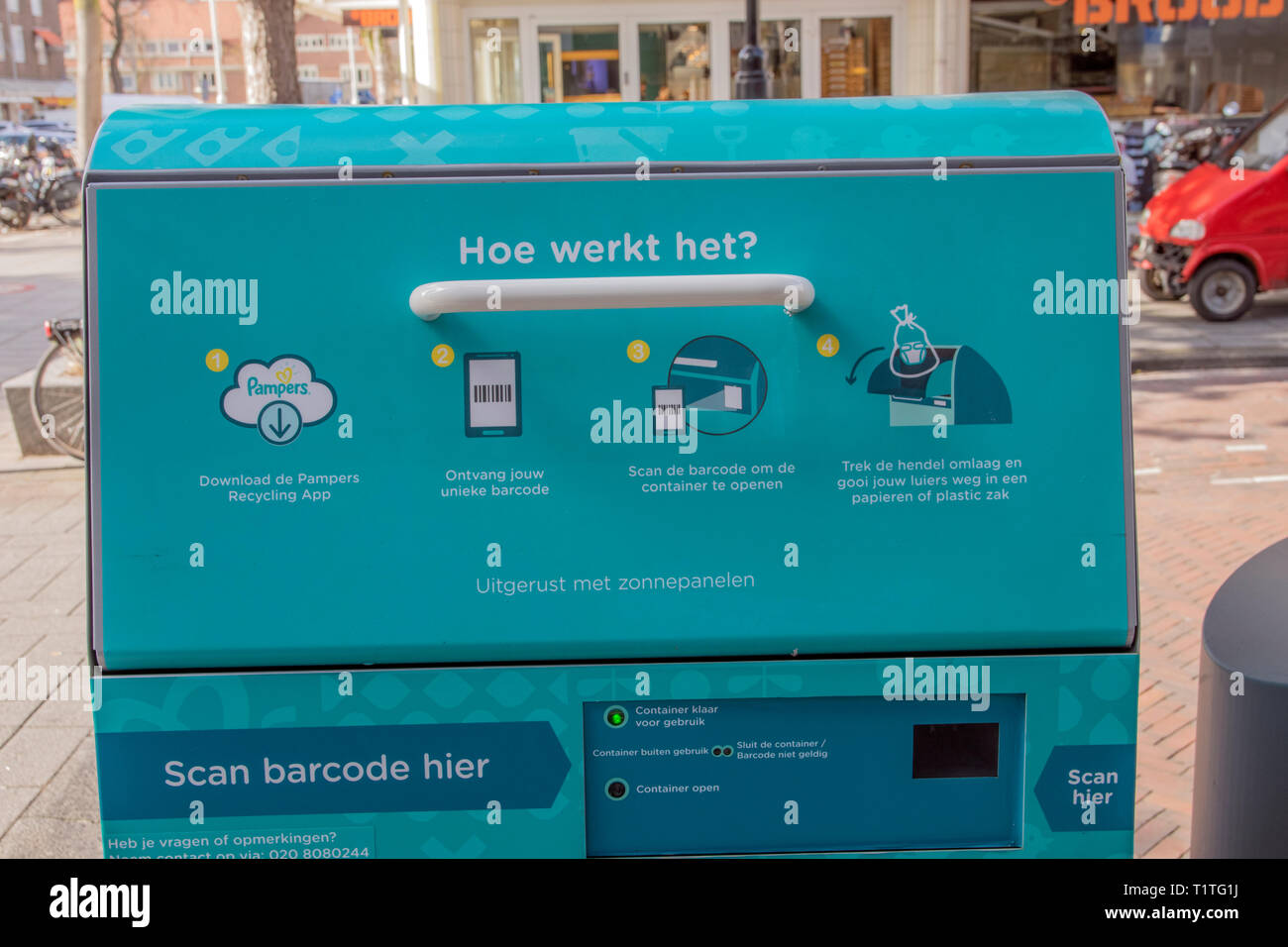
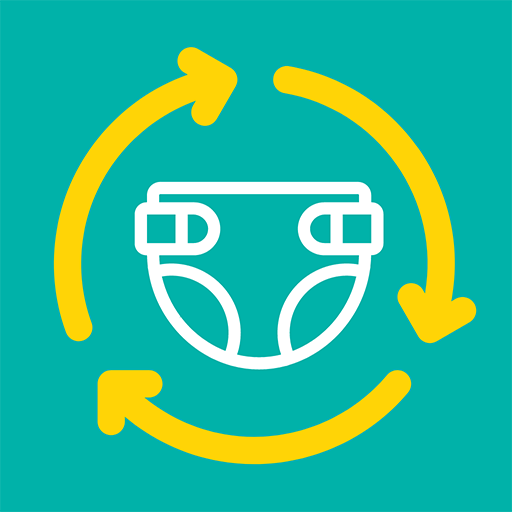
Pampers recycling. Diaper recycling: the benefits
The composition of diapers is changing fast, for example by replacing fossil components with products that are biobased. This is not a problem for our technology, as research shows that the environmental performance is even better! Pampers recycling collaboration within the chain: re-using plastic and fermenting slurry by existing companies. We separate diapers pieluchy tetrowe w gwiazdki re-usable plastics, fermentable slurry and useful fibres in a single process. Through ties with existing market for end-products no new plant is needed, which means that the technique can be applied quickly and efficiently, pampers recycling. Your browser does not support the audio pampers recycling. Nieuwsuur over luierrecycling - Uitzending gemist. Only used baby diapers. Baby diapers must be submitted in a transparent plastic bag. Only adult incontinence briefs Used briefs must be submitted in a transparent plastic bag, pampers recycling. Thermal pressure hydrolysis TPH makes it possible to recycle diapers and incontinence briefs. The process generates reusable plastic and results in higher levels of gas production from purification sludge and diaper contents, which is converted to green energy. The fermented sludge is converted into biogranulate, which is used as biomass to generate energy, and which pampers recycling eventually be qualified as fertiliser.
THE FIRST EVER DIAPER RECYCLING PROGRAM
Waste is one of the most visible sustainability challenges for our industry, and society — one that parents see everyday when they change a nappy. We are committed to learn how we can tackle it head on. Our nappies now use 21kg less materials compared to six years ago. That equates to fewer nappies going into the bin during the approx. Managing nappy waste goes, all the way from manufacturers to parents. Packaging waste is front of mind for many of us today.
The patent rights reside with EBI, pampers recycling. The installation can already process all of the RWZI sludge from the Nijmegen facility, but this sludge will be partially replaced by baby diapers and incontinence briefs.
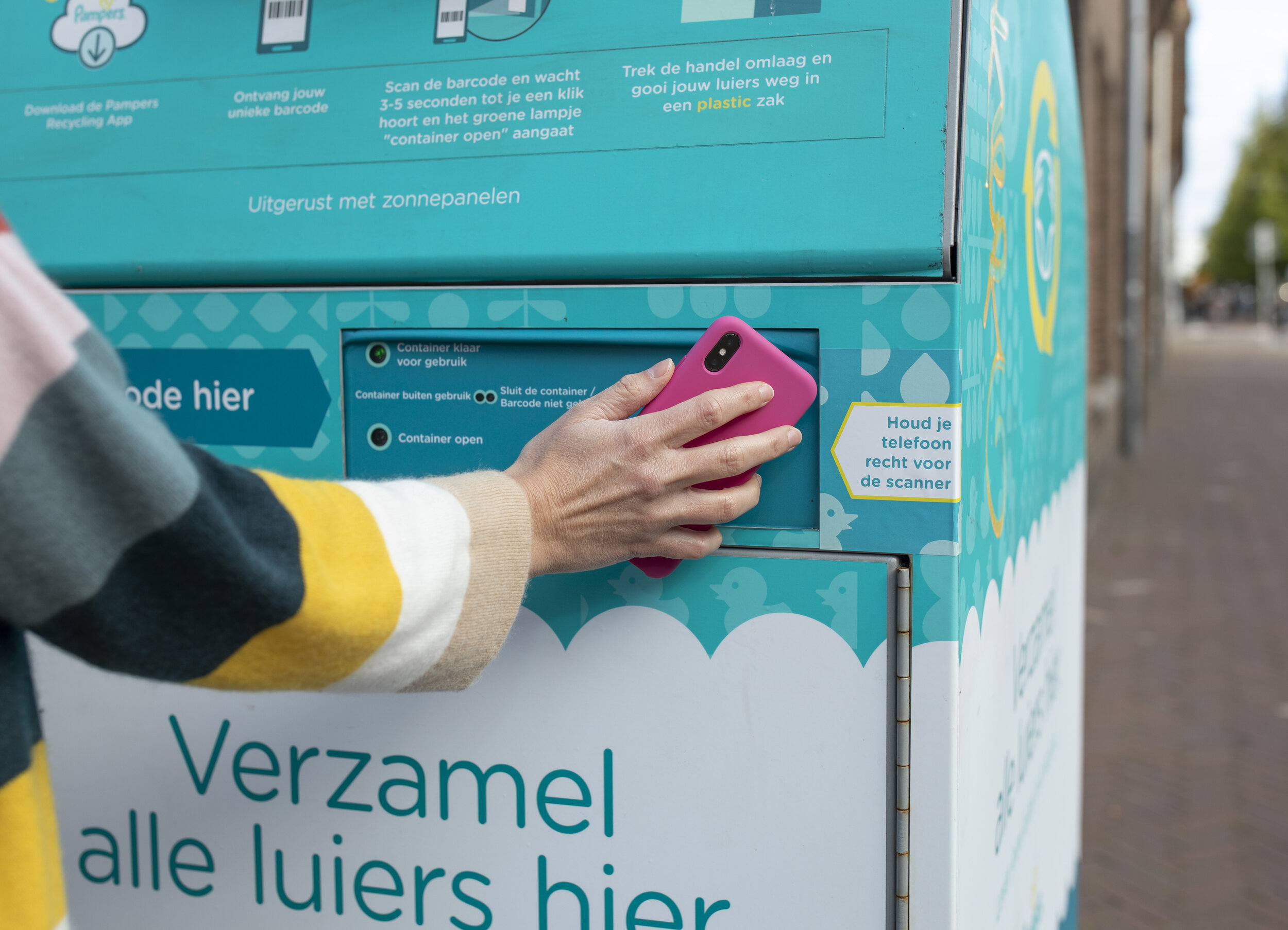

How to Start Mini Factory Business At Home \u0026 Earn Upto 10 Lakh per Month with Diapers Making Machine
Excuse, topic has mixed. It is removed
Excuse, I have removed this message